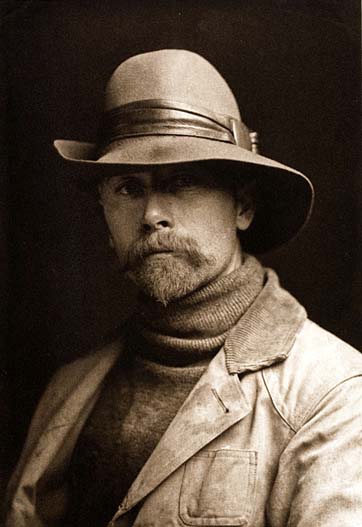
Edward Sheriff Curtis
Photographer of the American West and of Native American Peoples
1868 - 1952
Photograph of Edward Sheriff Curtis

Edward Curtis was born near Whitewater, Wisconsin. Curtis' father, Rev. Johnson Asahel Curtis (1840-1887), was a minister and a American Civil War veteran. Rev. Curtis was born in Ohio. Rev. Curtis' father was born in Canada, and his mother in Vermont. Edward's mother, Ellen Sheriff (1844-1912), was born in Pennsylvania; and both her parents were born in England. Curtis' siblings were Raphael Curtis (1862-ca 1885), who also was called Ray Curtis; Eva Curtis; and Asahel Curtis (1875-1941).
Around 1874 the family moved from Wisconsin to Minnesota. Curtis dropped out of school in the sixth grade. He soon built his own camera. In 1880 the family was living in Cordova Township, Minnesota, where Johnson Curtis was working as a retail grocer.
In 1885 at the age of seventeen Edward became an apprentice photographer in Saint Paul, Minnesota. In 1887 the family moved to Seattle, Washington, where Edward purchased a new camera and became a partner in an existing photographic studio with Rasmus Rothi. Edward paid $150 for his 50 percent share in the studio. After about six months, Curtis left Rothi and formed a new partnership with Thomas Guptill. The new studio was called Curtis and Guptill, Photographers and Photoengravers.
In 1892 Edward married Clara J. Phillips, who was born in Pennsylvania. Her parents were from Canada. Together they had four children: Harold Curtis; Elizabeth M. (Beth) Curtis, who married Manford E. Magnuson; Florence Curtis who married Henry Graybill; and Katherine (Billy) Curtis.
In 1896 the entire family moved to a new house in Seattle. The household then included Edward's mother, Ellen Sheriff; Edward's sister, Eva Curtis; Edward's brother, Asahel Curtis; Clara's sisters, Susie and Nellie Phillips; and Nellie's son, William.

From: American Indians of the Pacific Northwest
Princess Angeline
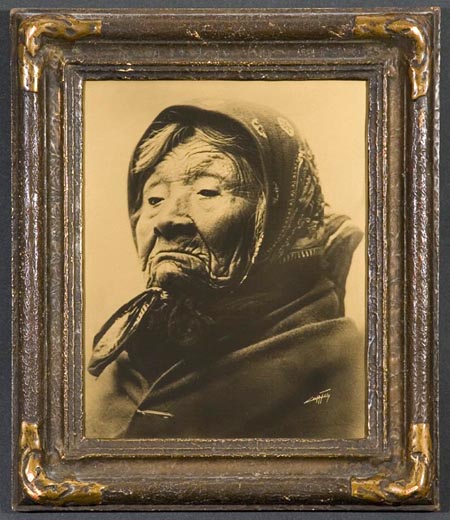
In 1895 Curtis met and photographed Princess Angeline aka Kickisomlo, the daughter of Chief Sealth of Seattle. This was to be his first portrait of a Native American. In 1898 while photographing Mount Rainier, Curtis came upon a small group of scientists. One of them was George Bird Grinnell, an expert on Native Americans. Both Grinnell and Curtis were invited on the famous Harriman Alaska Expedition in 1899. Grinnell became interested in Curtis' photography and invited him to join an expedition to photograph the Blackfeet Indians in Montana in the year 1900.
In 1906 J.P. Morgan offered Curtis $75,000 to produce a series on the North American Indian. It was to be in 20 volumes with 1,500 photographs. Morgan was to receive 25 sets and 500 original prints as his method of repayment. 222 complete sets were eventually published. Curtis' goal was not just to photograph, but to document, as much American Indian (Native American) traditional life as possible before that way of life disappeared. He wrote in the introduction to his first volume in 1907: "The information that is to be gathered ... respecting the mode of life of one of the great races of mankind, must be collected at once or the opportunity will be lost." Curtis made over 10,000 wax cylinder recordings of Indian language and music. He took over 40,000 photographic images from over 80 tribes. He recorded tribal lore and history, and he described traditional foods, housing, garments, recreation, ceremonies, and funeral customs. He wrote biographical sketches of tribal leaders, and his material, in most cases, is the only recorded history.
The North American Indian
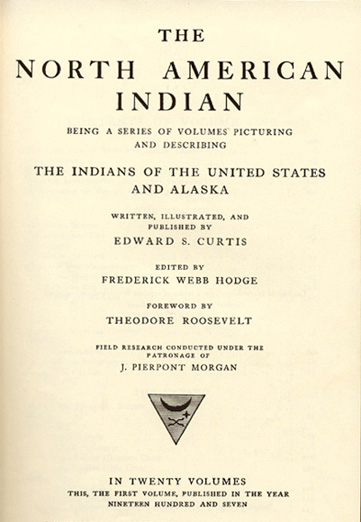
The North American Indian, 1907
Indian Days of the Long Ago, 1915
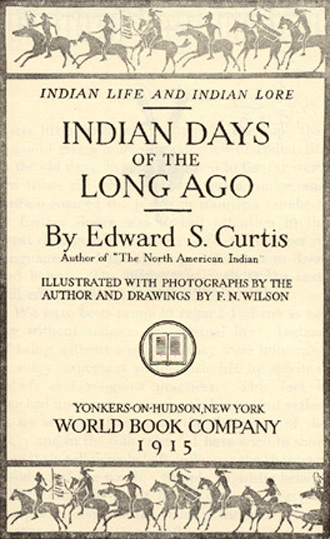
In 1910 the family was living in Seattle and on October 16, 1916, Clara filed for divorce. In 1919 she was granted the divorce and received the Curtis' photographic studio and all of his original camera negatives as her part of the settlement. Edward went with his daughter, Beth, to the studio and destroyed all of his original glass negatives, rather than have them become the property of his ex-wife, Clara. Clara went on to manage the Curtis studio with her sister, Nellie M. Phillips, who was married to Martin Lucus. In 1920 Beth Curtis and her sister Florence Curtis were living in a boarding house in Seattle. Clara was living in Charleston, Kitsap County, Washington with her sister Nellie and her daughter Katherine Curtis.
Around 1922 Curtis moved to Los Angeles with his daughter Beth, and opened a new photo studio. To earn money he worked as an assistant cameraman for Cecil B. DeMille and was an un-credited assistant cameraman in the 1923 filming of The Ten Commandments. On October 16, 1924 Curtis sold the rights to his ethnographic motion picture In the Land of the Head-Hunters to the American Museum of Natural History. He was paid $1,500 for the master print and the original camera negative. It had cost him over $20,000 to film.
In 1927 after returning from Alaska to Seattle with his daughter Beth, he was arrested for failure to pay alimony over the preceding seven years. The total owed was $4,500, but the charges were dropped. For Christmas of 1927, the family was reunited at daughter Florence's home in Medford, Oregon. This was the first time since the divorce that Curtis was with all of his children at the same time, and it had been thirteen years since he had seen Katherine. In 1928, desperate for cash, Edward sold the rights to his project to J.P Morgan's son. In 1930 he published the concluding volume of The North American Indian. In total about 280 sets were sold of his now completed opus magnum. In 1930 his ex-wife, Clara, was still living in Seattle operating the photo studio with their daughter Katherine. His other daughter, Florence Curtis, was still living in Medford, Oregon with her husband Henry Graybill. In 1932, Clara, drowned while rowing in Puget Sound, and his daughter, Katherine moved to California to be closer to her father and her sister, Beth.
Edward S. Curtis
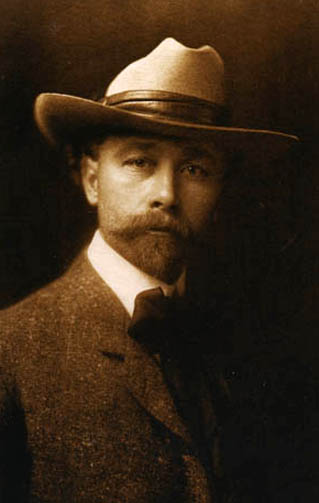
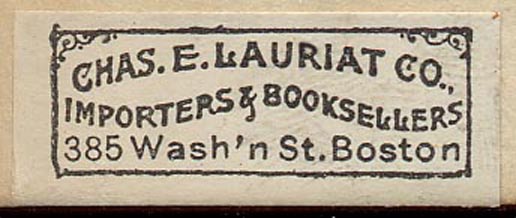
In 1935 the rights and remaining unpublished material were sold by the Morgan estate to the Charles E. Lauriat Company in Boston for $1,000 plus a percentage of any future royalties. This included 19 complete bound sets of The North American Indian, thousands of individual paper prints, the copper printing plates, the unbound printed pages, and the original glass-plate negatives. Lauriat bound the remaining loose printed pages and sold them with the completed sets. The remaining material remained untouched in the Lauriat basement in Boston until they were rediscovered in 1972.
On October 19, 1952, at the age of 84, Curtis died of a heart attack in Whittier, California in the home of his daughter, Beth. He was buried at Forest Lawn Memorial Park in Hollywood Hills, California. His terse obituary appeared in The New York Times on October 20, 1952:
Edward S. Curtis, internationally known authority on the history of the North American Indian, died today at the home of a daughter, Mrs. Bess Magnuson. His age was 84. Mr. Curtis devoted his life to compiling Indian history. His research was done under the patronage of the late financier, J. Pierpont Morgan. The foreword for the monumental set of Curtis books was written by President Theodore Roosevelt. Mr. Curtis was also widely known as a photographer.
The Prints and Photographs Division Curtis collection consists of more than 2,400 silver-gelatin, first generation photographic prints - some of which are sepia-toned - made from Curtis's original glass negatives. Most of the photographic prints are 5" x 7" although nearly 100 are 11" x 14" and larger; many include the Curtis file or negative number within the image at the lower left-hand corner. Acquired by the Library of Congress through copyright deposit from about 1900 through 1930, the dates on the images reflect date of registration, not when the photograph was actually taken. About two-thirds (1,608) of these images were not published in the North American Indian volumes and therefore offer a different and unique glimpse into Curtis's work with indigenous cultures. The original glass plate negatives which had been stored and nearly forgotten in the basement of New York's Pierpont Morgan Library were dispersed during World War II. Many others were destroyed and some were sold as junk.
Around 1970, Karl Kernberger of Santa Fe, New Mexico went to Boston to search for Curtis' original copper plates and photogravures at the Charles E. Lauriat rare bookstore. He discovered almost 285,000 original photogravures as well as all the original copper plates. With Jack Loeffler and David Padwa, they jointly purchased all of the surviving Curtis material that was owned by Charles Emelius Lauriat. The collection was later purchased by another group of investors led by Mark Zaplin of Santa Fe. The Zaplin Group owned the plates until 1982, when they sold them to a California group led by Kenneth Zerbe, the current owner of the plates as of 2005.
Dr. Charles Goddard Weld purchased 110 prints that Curtis had made for his 1905-1906 exhibit and donated them to the Peabody Essex Museum, where they remain. The 14" by 17" prints are each unique and remain in pristine condition. C lark Worswick, curator of photography for the museum, describes them as:
"Curtis' most carefully selected prints of what was then his life's work...certainly these are some of the most glorious prints ever made in the history of the photographic medium. The fact that we have this man's entire show of 1906 is one of the minor miracles of photography and museology."
Controversy:
Curtis has been praised as a gifted photographer but also criticized by professional ethnologists for manipulating his images. Curtis' photographs have been charged with misrepresenting Native American people and cultures by portraying them in the popular notions and stereotypes of the times. Although the early twentieth century was a difficult time for most Native communities in America, not all natives were doomed to becoming a "vanishing race". At a time when natives' rights were being denied and their treaties were unrecognized by the federal government, many natives were successfully adapting to western society. By reinforcing the native identity as the noble savage and a tragic vanishing race, some believe Curtis detracted attention from the true plight of American natives at the time when he was witnessing their squalid conditions on reservations first-hand and their attempt to find their place in Western culture and adapt to their changing world.
In many of his images Curtis removed parasols, suspenders, wagons, and other traces of Western and material culture from his pictures. In his photogravure In a Piegan Lodge, published in The North American Indian, Curtis retouched the image to remove a clock between the two men seated on the ground.
In a Piegan Lodge

Little Plume with his son Yellow Kidney occupies the position of honor, the space at the rear opposite the entrance. Compare with the un-retouched original below.
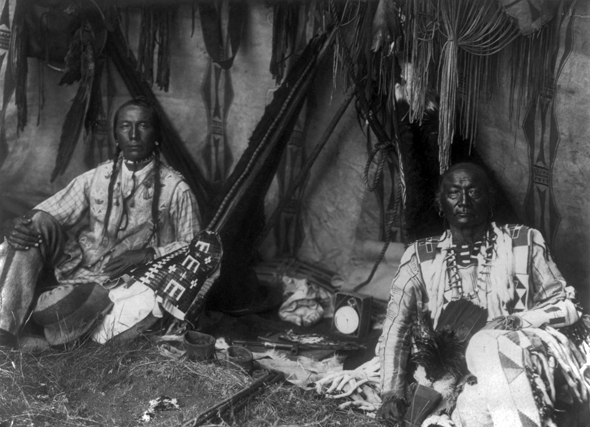
Un-retouched original of the image above. Note the clock between Little Plume and Yellow Kidney.
He also is known to have paid natives to pose in staged scenes, wear historically inaccurate dress and costumes, dance and partake in simulated ceremonies. In Curtis' picture Oglala War-Party, the image shows ten Oglala men wearing feather headdresses, on horseback riding downhill. The photo caption reads, "a group of Sioux warriors as they appeared in the days of inter tribal warfare, carefully making their way down a hillside in the vicinity of the enemy's camp." In truth headdresses would have only been worn during special occasions and, in some tribes, only by the chief of the tribe. The photograph was taken in 1907 when natives had been relegated onto reservations and warring between tribes had ended. Curtis paid natives to pose as warriors at a time when they lived with little dignity, rights, and freedoms. It is therefore suggested that he altered and manipulated his pictures to create an ethnographic simulation of Native tribes untouched by Western society.
Oglala War Party

One of the more balanced reviews of The North American Indian comes from Mick Gidley, Emeritus Professor of American Literature, at Leeds University, in England, who has written a number of works related to the life of Edward S. Curtis:
"The North American Indian-extensively produced and issued in a severely limited edition-could not prove popular. But in recent years anthropologists and others, even when they have censured what they have assumed were Curtis' methodological assumptions or quarreled with the text's conclusions, have begun to appreciate the value of the project's achievement: exhibitions have been mounted, anthologies of pictures have been published, and The North American Indian has increasingly been cited in the researches of others... The North American Indian is not monolithic or merely a monument. It is alive, it speaks, if with several voices, and among those perhaps mingled voices are those of otherwise silent or muted Indian individuals."
Of the full Curtis opus N. Scott Momaday says: "Taken as a whole, the work of Edward S. Curtis is a singular achievement. Never before have we seen the Indians of North America so close to the origins of their humanity...Curtis' photographs comprehend indispensable images of every human being at every time in every place."

Don Gulbrandsen, who wrote Edward Sheriff Curtis: Visions of the First Americans, puts it this way in his introductory essay on Curtis' life: "The faces stare out at you, images seemingly from an ancient time and from a place far, far away…Yet as you gaze at the faces the humanity becomes apparent, lives filled with dignity but also sadness and loss, representatives of a world that has all but disappeared from our planet."
The Shadow Catcher: Date Unknown
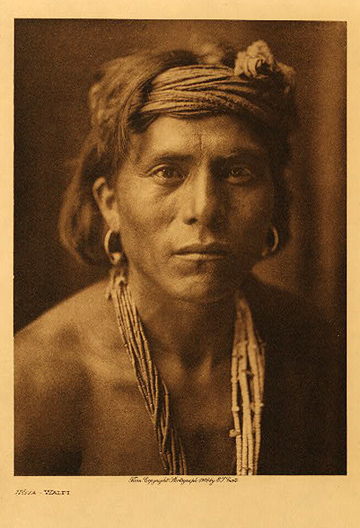
In Shadow Catcher: The Life and Work of Edward S. Curtis, Laurie Lawlor reveals that "many Native Americans Curtis photographed called him Shadow Catcher. But the images he captured were far more powerful than mere shadows. The men, women, and children in The North American Indian seem as alive to us today as they did when Curtis took their pictures in the early part of the twentieth century. Curtis respected the Indians he encountered and was willing to learn about their culture, religion and way of life. In return the Indians respected and trusted him. When judged by the standards of his time, Curtis was far ahead of his contemporaries in sensitivity, tolerance, and openness to Native American cultures and ways of thinking."

U.S. President Theodore Roosevelt 1904, by Curtis
Theodore Roosevelt, who was one of Curtis' contemporaries and one of his most strident supporters, wrote the following comments in the foreword to Volume I of The North American Indian:
"In Mr. Curtis we have both an artist and a trained observer, whose work has far more than mere accuracy, because it is truthful. …because of his extraordinary success in making and using his opportunities, has been able to do what no other man ever has done; what, as far as we can see, no other man could do. Mr. Curtis in publishing this book is rendering a real and great service; a service not only to our own people, but to the world of scholarship everywhere."
Quoted From: Edward S. Curtis - Wikipedia
Source: Edward S. Curtis Online
If you have gotten this far with my page on Edward Sheriff Curtis, I am sure that you have noticed one marked difference from my other pages. First and significantly is the fact that Mr. Curtis was a photographer and not a painter. His photography contributed much, I believe, to at least a glimpse of 'Native American Life' before it was gone forever. I am a novice and an observer of the work you see displayed on these pages, and I have never claimed any expertise other than what my own curiosity that has driven me. He began his work when most of the vitality of Native American Life had already disappeared, but I do think that Mr. Curtis provided a contribution that is worthy of recognition. I have also included the criticism of how Mr. Curtis had pictures retouched and posed for whatever reason he had. I see a certain sadness in the faces of many of his subjects that adds to their tragedy.
Senex Magister
Selected Photographs of Edward Sheriff Curtis
A Smoky Day at the Sugar Bowl Hupa: 1923
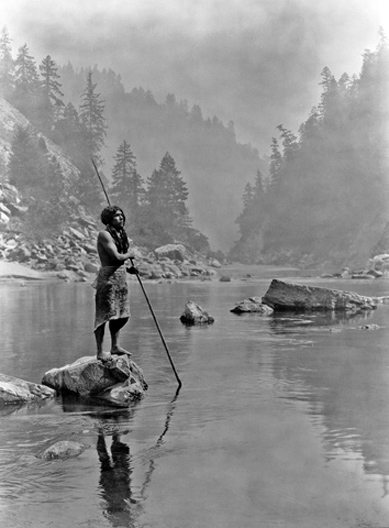
A smoky day at the Sugar Bowl--Hupa, c. 1923. Hupa man with spear, standing on rock midstream, in background, fog partially obscures trees on mountainsides.
Apache Babe in Carrier
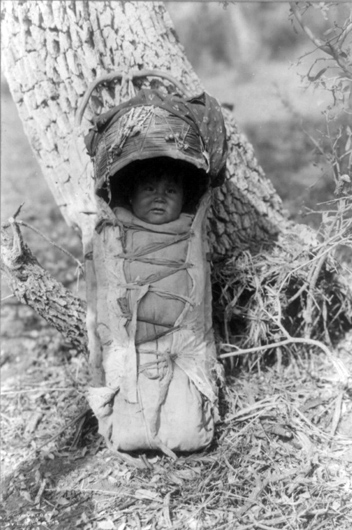
Apache Brave
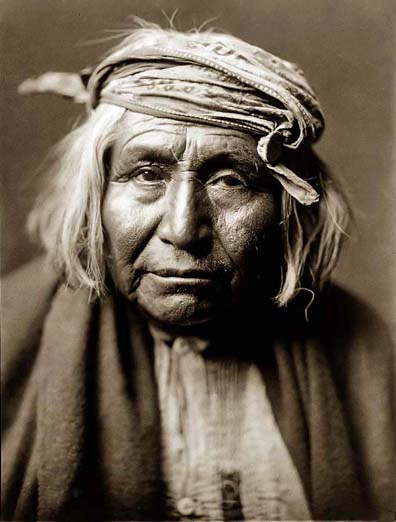
Apache Mother and Baby

Apache Scout

Apache Warrior
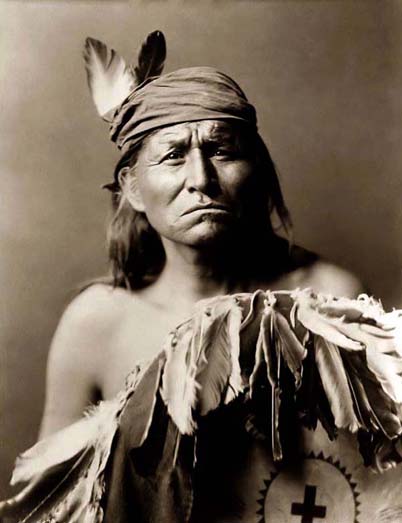
Apache Wickiup: 1903
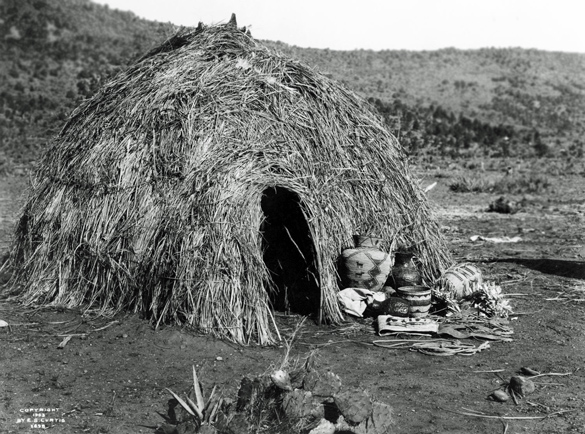
Apache Women Cooking
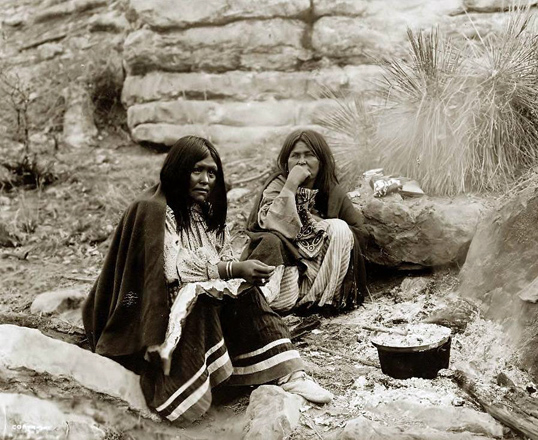
Arikara Girl

Assiniboin Man: 1909
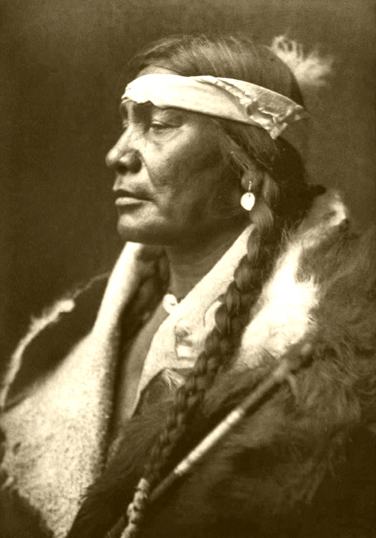
Boys in Kayak Nunivak: 1930
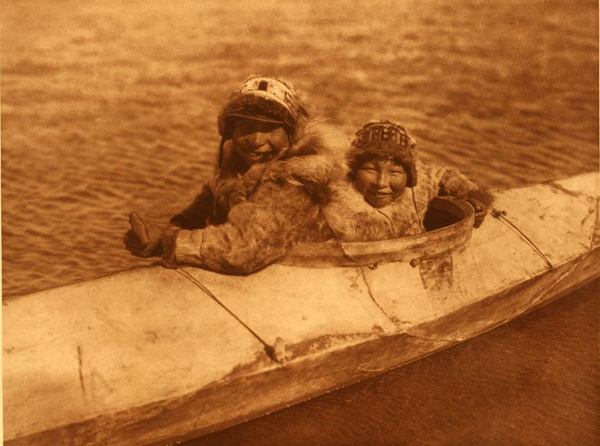
Buffalo Dancer
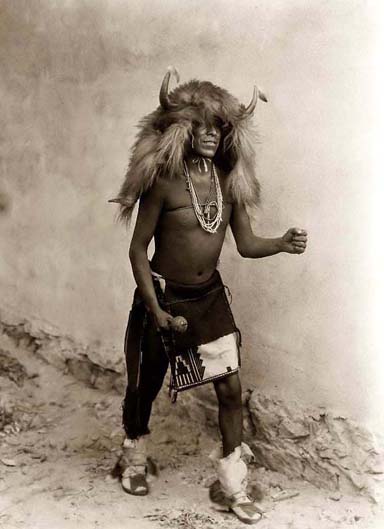
Bull Chief: 1908
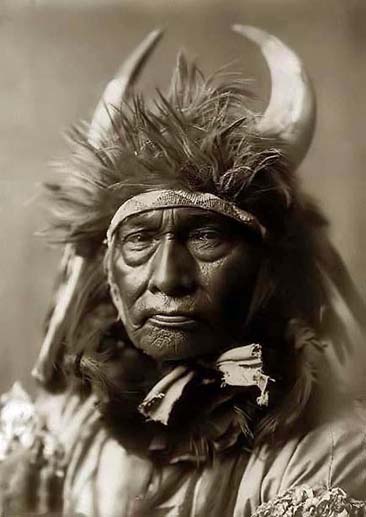
Canyon de Chelly Navajo: 1904
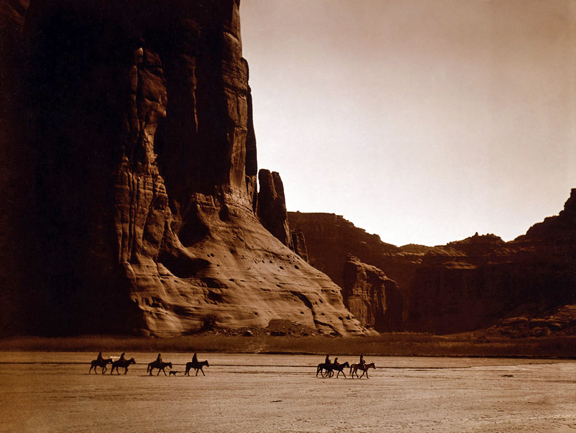
Canyon de Chelly - Navajo. Seven riders on horseback and dog trek against background of canyon cliffs, 1904
Cayuse Woman

Cheyenne Girl
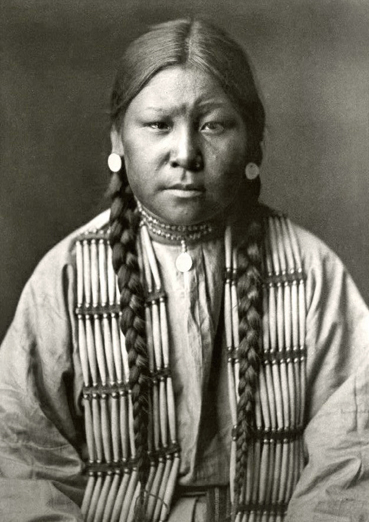
Cheyenne Maiden: 1930
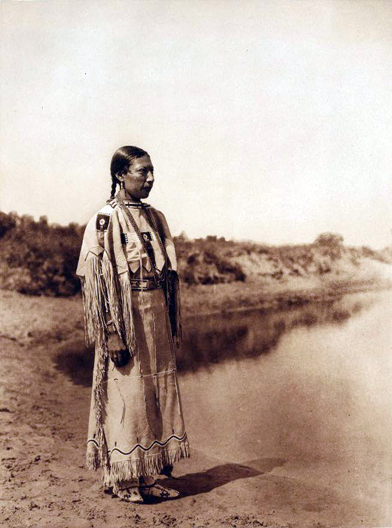
Cheyenne Warrior
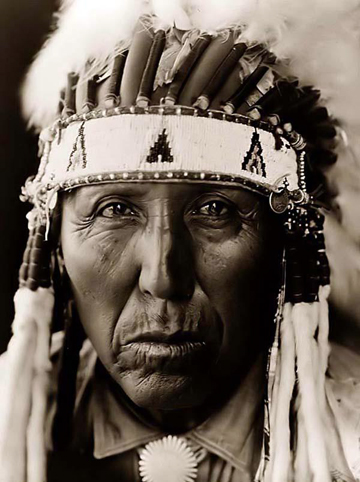
Chief at Water's Edge
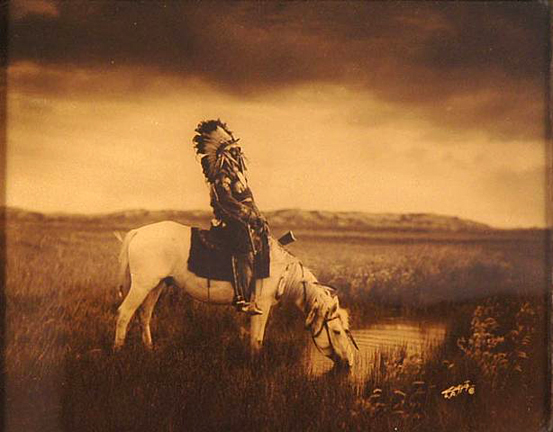
Cree Woman
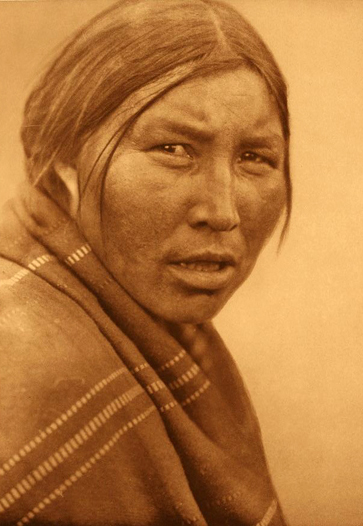
Crow Indian: 1908
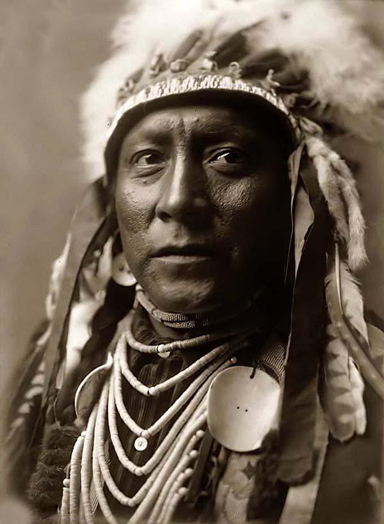
Crow Indian Boy
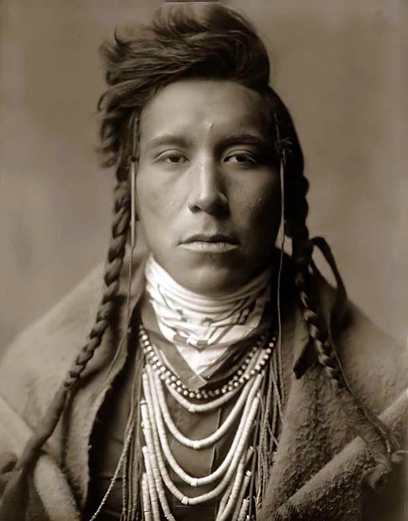
Crow Indian Brave: 1908
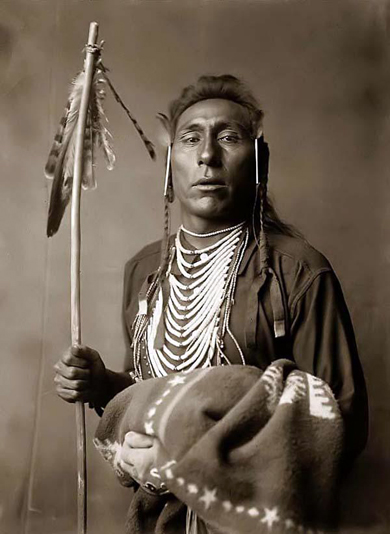
Crow Indian Chief
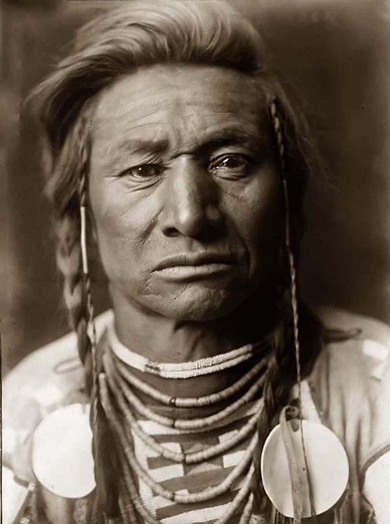
Crow Indian Warrior: 1908
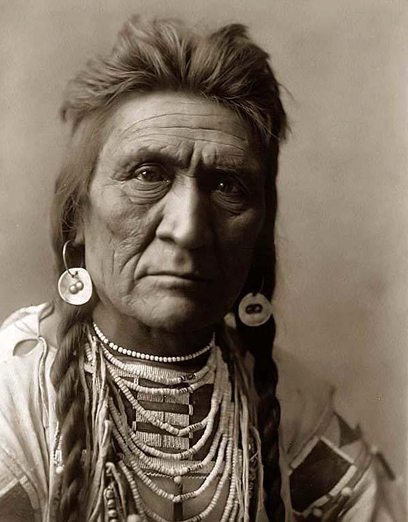
Crow Warriors on Horseback: 1908
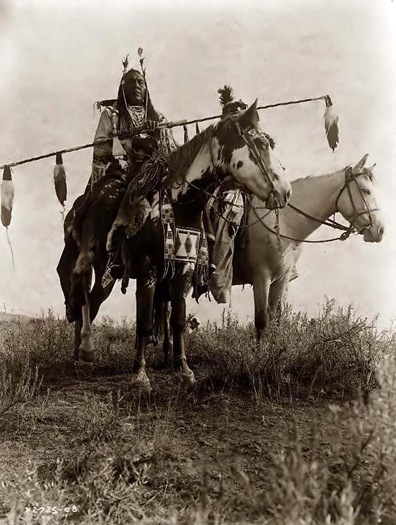
Crow's Heart -Mandan: 1908
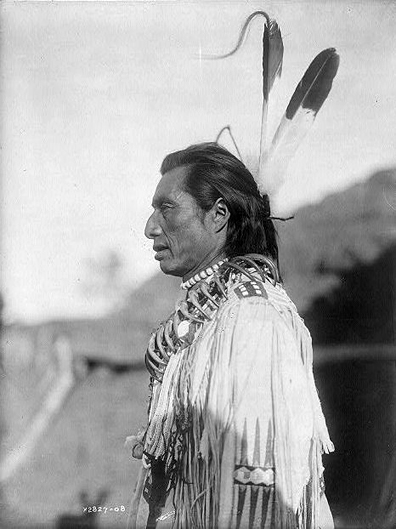
Dakota Sioux - Man
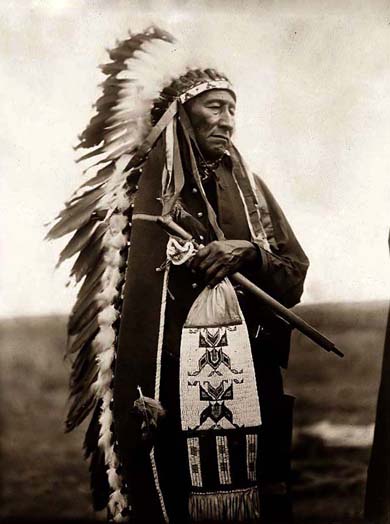
Geronimo - Apache
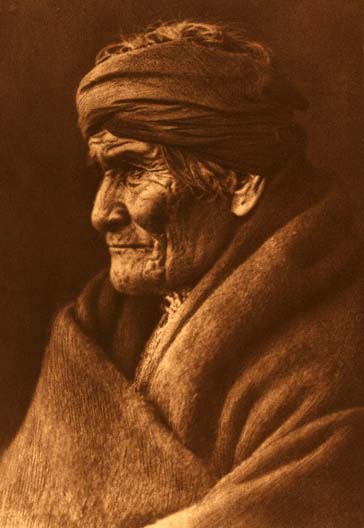
Geronimo - Apache (1905), Description by Edward S. Curtis: This portrait of the historical old Apache was made in March, 1905. According to Geronimo's calculation he was at the time seventy-six years of age, thus making the year of his birth 1829. The picture was taken at Carlisle, Pennsylvania, the day before the inauguration of President Roosevelt, Geronimo being one of the warriors who took part in the inaugural parade at Washington.
Geronimo Leader of the Chiricahuan Apache Tribe
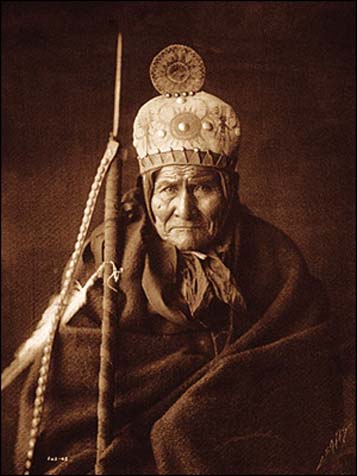
Hopi Indian Brave: 1908

Hopi Man
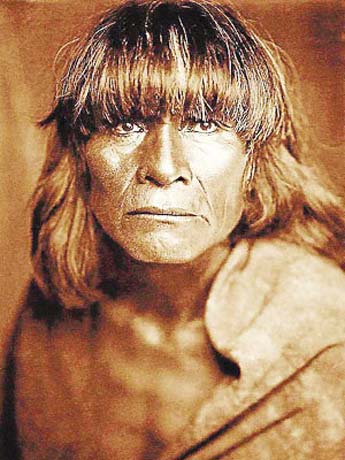
Hopi Snake Priest
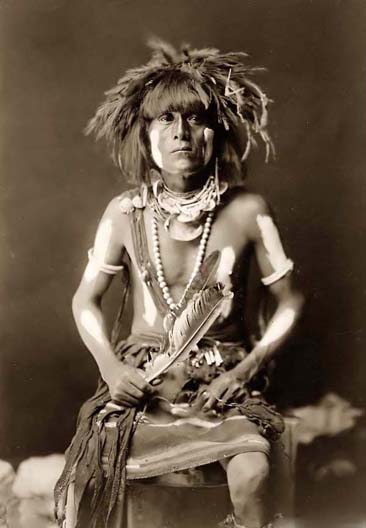
Hupa Fisherman
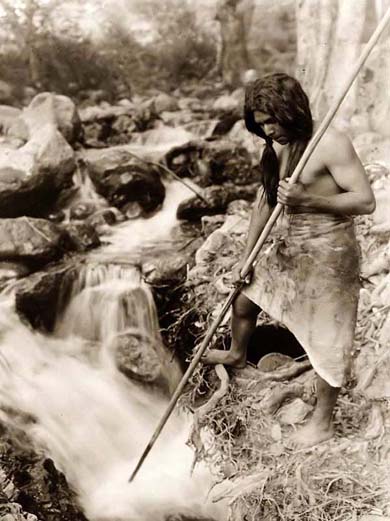
Hupa Indian Dancer: 1923
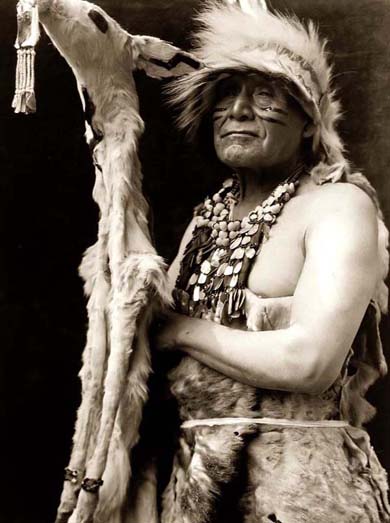
Indian Chief

Indian in a Bear Fur Costume
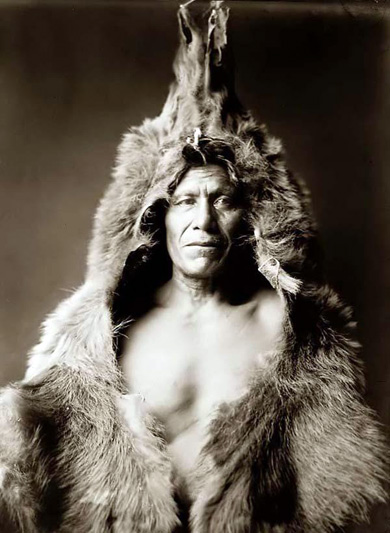
Indian War Bonnet
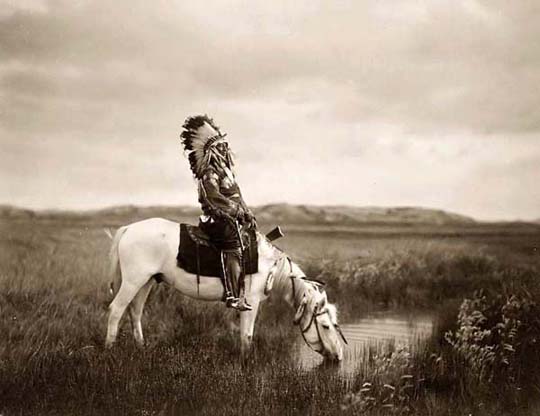
Inscription Rock: 1925
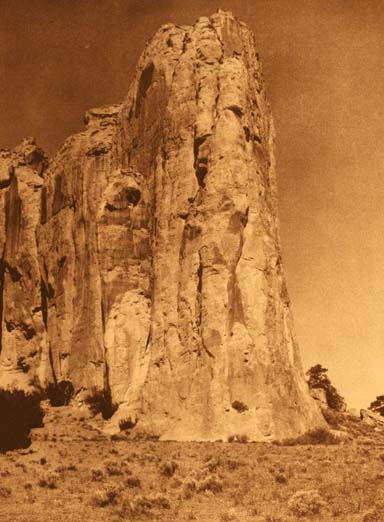
Invocation Sioux: 1907

Jicarilla Warrior
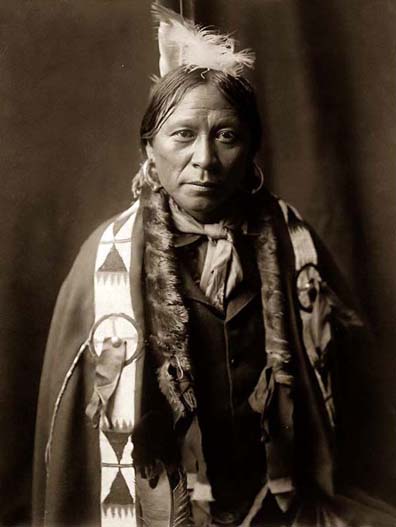
Joseph Nez Perce
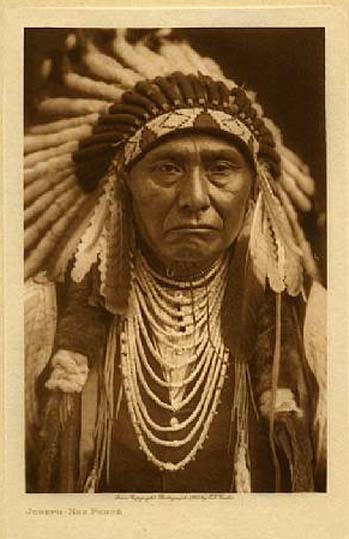
Klamath Indian - Woman
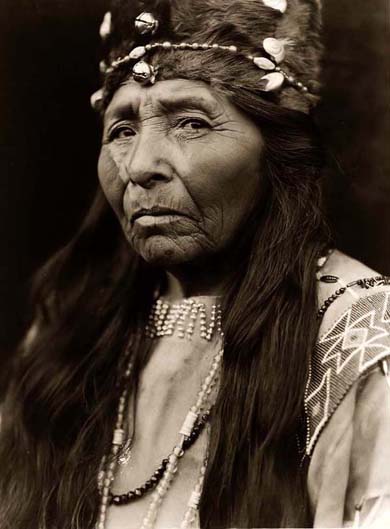
Medicine Crow
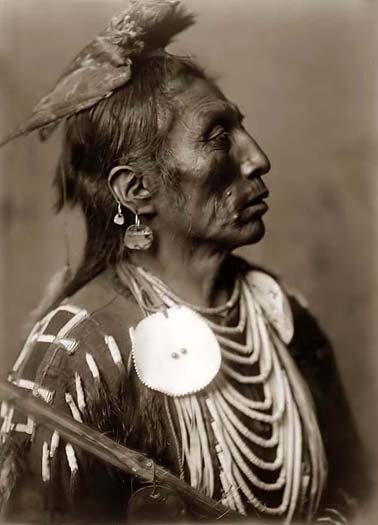
Mongolia

Navajo Medicine Man: 1904

Navajo Medicine Man - Nesjaja Hatali: 1907

Navajo medicine man - Nesjaja Hatali, ca. 1907. Description by Edward S. Curtis: A well-known Navaho medicine-man. While in the Cañon de Chelly the writer witnessed a very interesting four days' ceremony given by the Wind Doctor. Nesjaja Hatali was also assistant medicine-man in two nine days' ceremonies studied - one in Cañon del Muerto and the other in this portfolio is reproduced from one made and used by this priest-doctor in the Mountain Chant.
Ndee Sangochonh - Apache
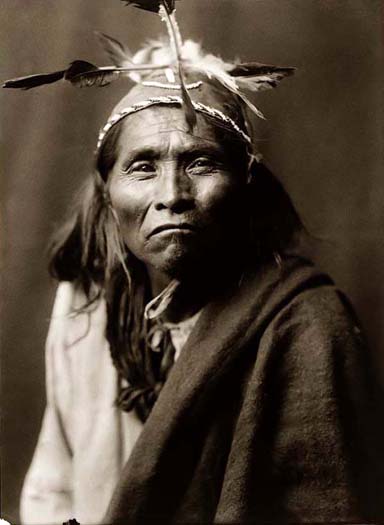
New Chest - Piegan Nation

Nez Perce Indian Warrior
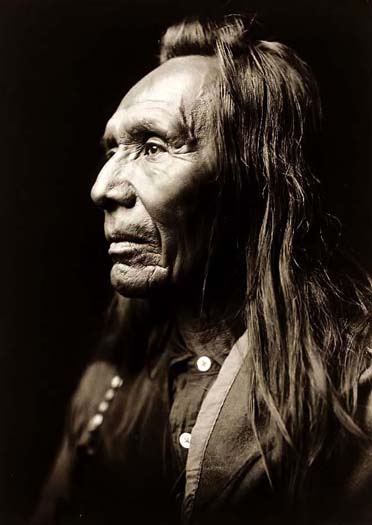
Old Crow Indian Warrior
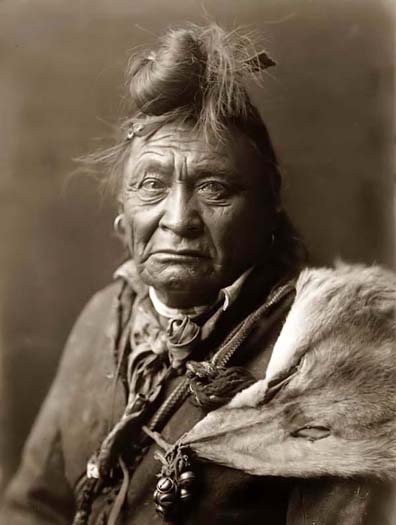
Old Indian Man
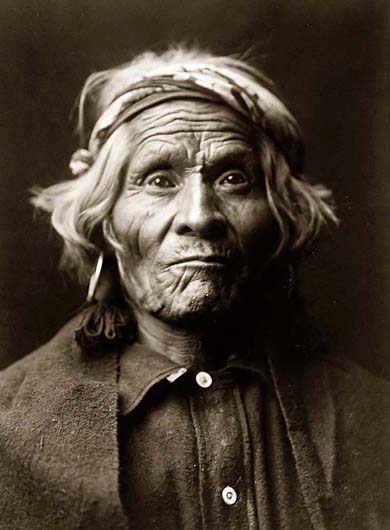
Old Navajo Man
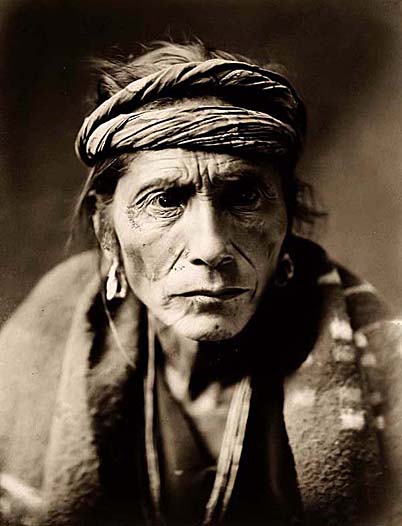
Qahatika Indian Child
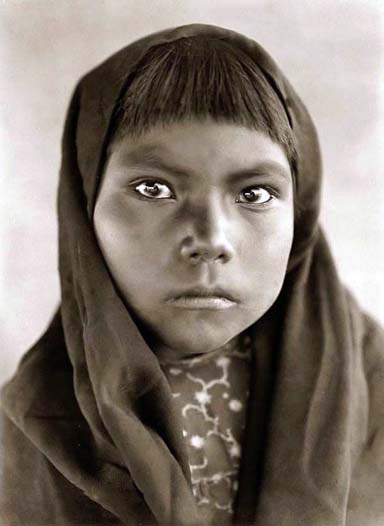
Raven Blanket: 1910
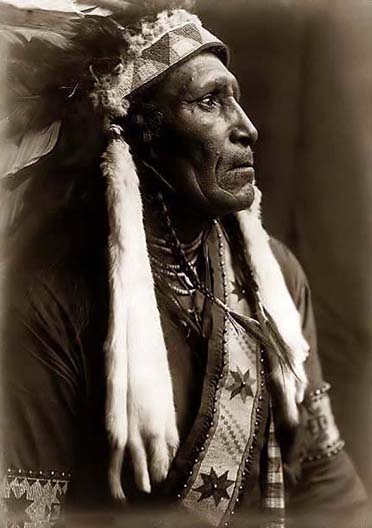
Sioux Chiefs on Horseback

Sioux Indian Smoking Pipe: 1907
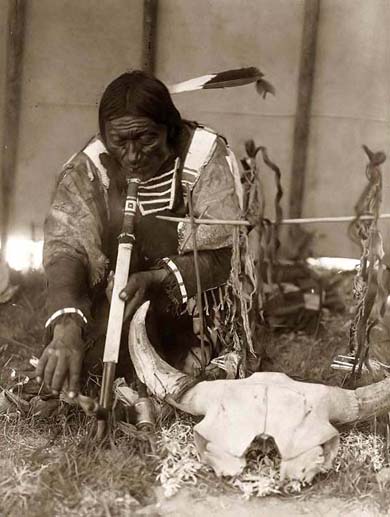
Swallow Bird Crow: 1908
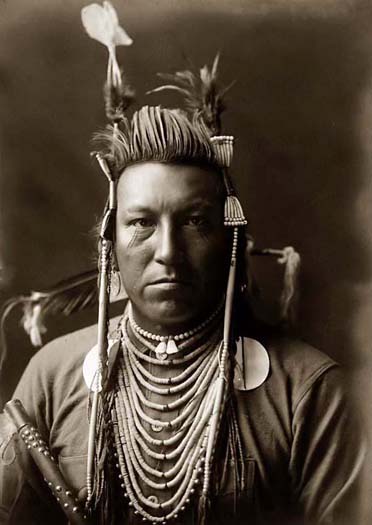
The Eclipse Dance
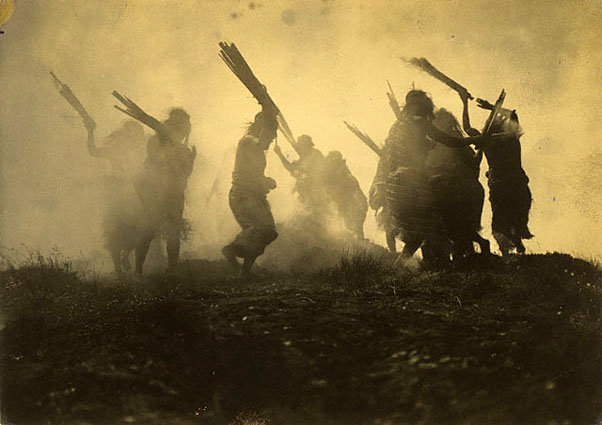
The Old-Time Warrior - Nez Perce: 1910

The Old-Time Warrior--Nez Percé, c.1910. Nez Percé man, wearing loin cloth and moccasins, on horseback.
The Storm - Apache

Upshaw Crow
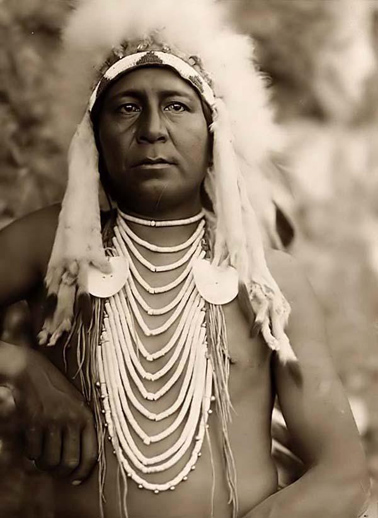
Uwat Comanche

Walapai Indian
The Shadow Catcher
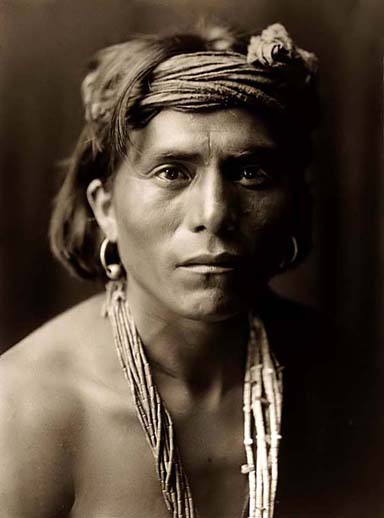
Warrior
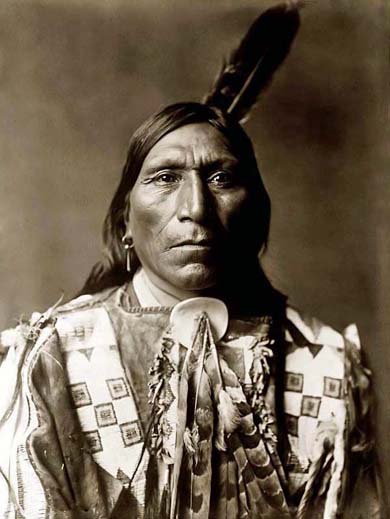
White Man Runs Him: 1908
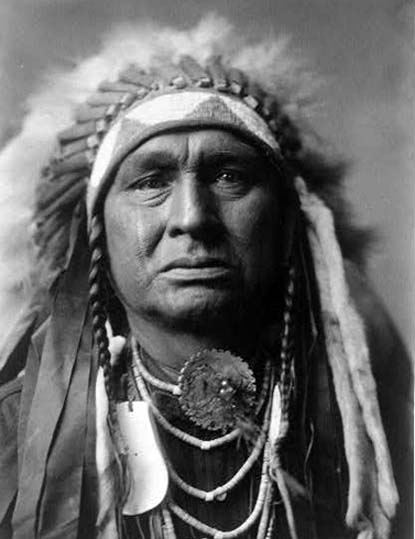
White Man Runs Him, ca.1908. Crow scout serving with George Armstrong Custer's 1876 expeditions against the Sioux and Northern Cheyenne that culminated in the Battle of the Little Bighorn.
More Online Resources on Edward Sheriff Curtis
Edward S. Curtis's The North American Indian
Northwestern University
Digital Library Collections
Edward S. Curtis Gallery - North American Indian Photogravures and Photograph
Edward S. Curtis' North American Indian - American Memory, Library of Congress
Return to Pagina Artis
Return to Bruce and Bobbie's Main Page.